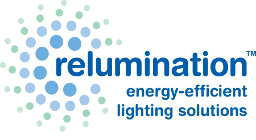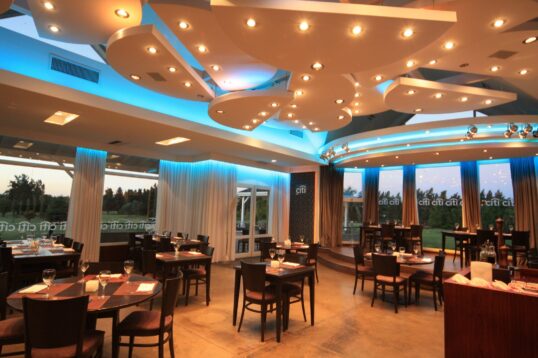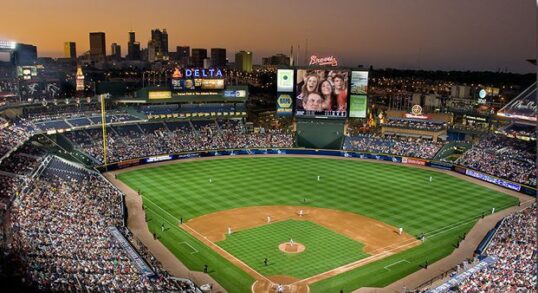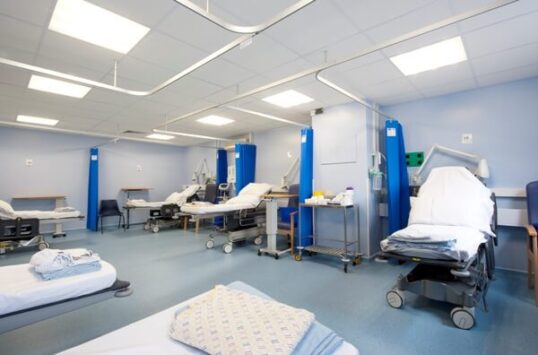Last December, Congress approved the Tax Increase Prevention Act of 2014 which retroactively extended the 179D lighting deduction through the end of 2014. Since the Section 179d tax deductions save taxpayer money with energy-efficient public facilities, encourage sustainability and offer substantial tax savings to building designers and owners, it garners widespread support.
The president and congress show a history of extending the Energy Policy Act of 2005 but waiting until the last-minute to act and having the policy apply retroactively. Since LED lighting has inherent savings even before tax considerations, upgrading to LEDs is worthwhile while the 179D incentive carrot hangs out there for 2015.
Furthermore, any LED retrofits and installations performed in 2014 can still qualify for the 2014 tax return deduction. So if your project accomplished a 40% reduction in lighting power density or 50% for warehouses, determined by the minimum requirements in the ASHRAE/ESNA 90.1-2001 standard, it should qualify for the $0.60 per square foot deduction.
For light system installations that achieve a 25% lighting power density reduction, there is a $0.30 per square foot reduction available if you meet other lighting controls and levels prerequisites.
LED lighting system improvement to commercial buildings, apartments of at least four stories and public buildings qualify for the 179D provision. It is available for tenant-owned leasehold upgrades, building renovations and new construction. In most cases, the building owner takes the deduction at the time of the installation although non-taxable government facility owners not needing the deduction may allocate it to the engineer or architect of the retrofit. A qualified third-party must certify that the project meets the ASHRAE standards and the government entity must provide a letter allotting the deduction. The assigned deduction is available retroactively if the filer submits an amended tax return within three years.
Although the 179D deduction expired at the end of 2014, the fact that it belongs to the group of tax extender provisions which have bipartisan support and typically see renewal, provides a good reason to upgrade to LED lighting in 2015. LED lighting is versatile which is why owners and designers use it for enhancing the design of commercial spaces while saving energy and money.





